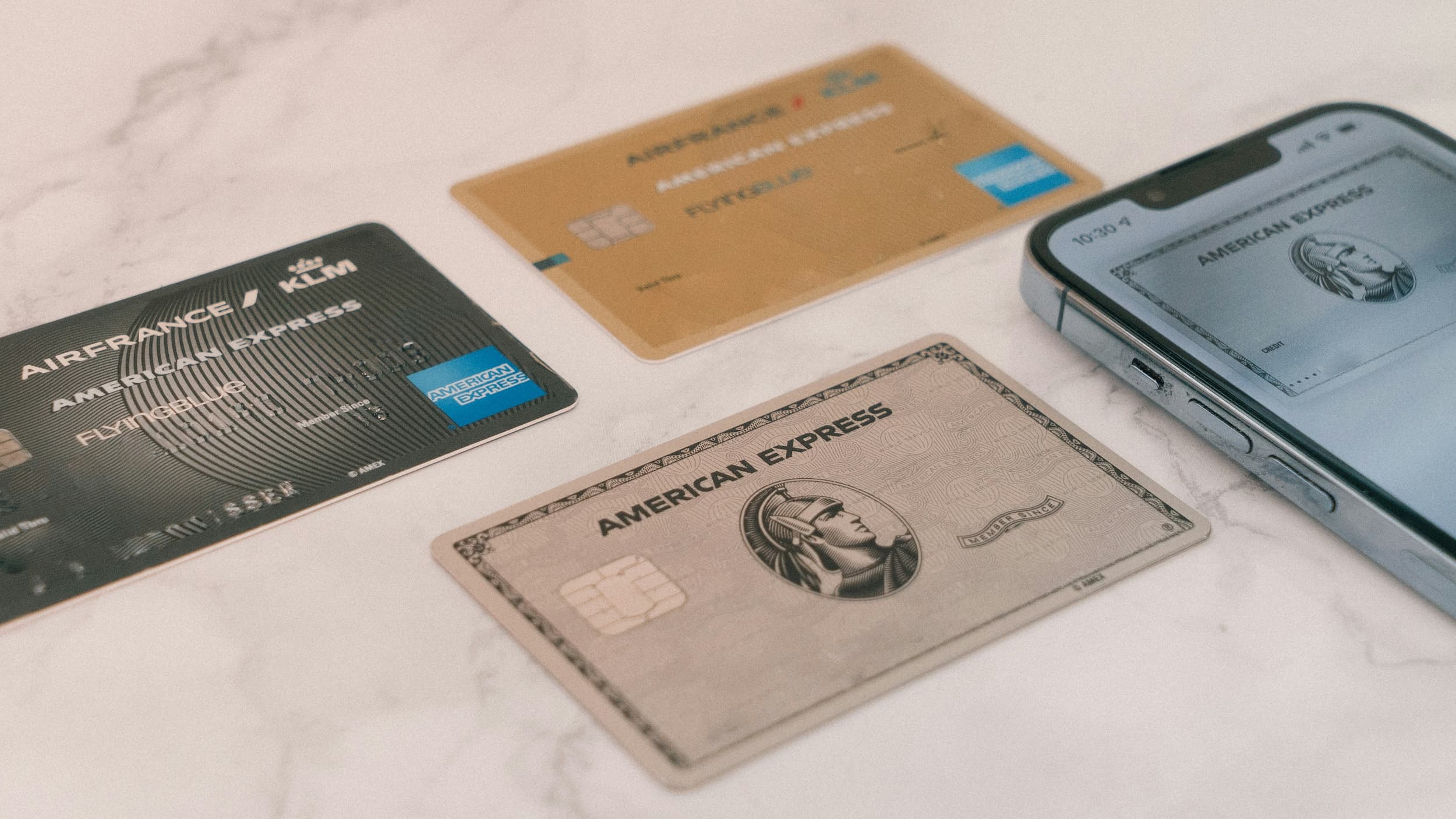 Your Money
Your Money What Was the Largest Credit Card Purchase Ever?
The largest credit card purchase in history was made by Chinese magnate Liu Yiqian in 2015. Find out what he bought and how much he spent.



The Integrated Daily Salary is an essential element within the Mexican labor framework. Besides determining how much a worker earns per day, it's used for important calculations, such as contributions to the Mexican Social Security Institute (IMSS).
Understanding these financial concepts is key to carrying out your freelance projects professionally and responsibly. With our help, you'll learn everything you need to know about the Integrated Daily Salary for 2024, including how to calculate it.
The Integrated Daily Salary (IDS) is a calculation that reflects a worker's total daily income. It includes benefits and allowances, such as the annual bonus (aguinaldo), vacations, and vacation premium that the employee is entitled to for their services.
What Is the Integrated Daily Salary Used For?
The IDS is used to determine certain contributions, such as:
IMSS Contributions: It's used to calculate the employer's contributions to the IMSS.
Labor Benefits: In cases of employment termination, it helps determine the amounts for severance pay or settlements.
Infonavit Contributions: The amount of housing credit a worker can access is based on the IDS.
This has implications from various perspectives. If you work under formal contracts, want to calculate your earnings on projects that include benefits, or manage collaborators, understanding the IDS is crucial.
It also helps you comply with labor regulations, protect the rights of your collaborators, and can be useful in contract negotiations.
To know how to calculate the Integrated Daily Salary, you must first understand which benefits can be included. These are those established as mandatory by the Federal Labor Law.
In addition to the base salary, the following are included:
Annual Bonus (Aguinaldo): An annual payment equivalent to a minimum of 15 days' salary.
Vacations: Paid rest days that increase with seniority (12 days in the first year).
Vacation Premium: An additional payment of 25% of the salary corresponding to vacation days.
Other benefits granted by the employer can also be integrated, such as:
Bonuses and Gratifications: Additional payments received by a worker for any reason.
Commissions: Variable remunerations based on sales or specific results.
Vouchers: Benefits in the form of vouchers to purchase food or basic products.
Additionally, overtime pay, transportation subsidies, or housing allowances can be included.
Not all income is integrated into the IDS. Specific benefits and allowances are excluded, such as:
Private pension plans.
Contributions to retirement insurance.
Union social activities.
Profit Sharing (PTU).
Employer contributions to IMSS or Infonavit.
In-kind or cash supports not exceeding 40% of the general daily minimum wage.
Punctuality or attendance bonuses not exceeding 10% of the base contribution salary.
Equivalent contributions made by both the employee and employer.
Now that it's clear what can and cannot be included, let's show you how to calculate the Integrated Daily Salary.
To calculate the Integrated Daily Salary for 2024, consider several basic elements:
1. Base Daily Salary. Start with the income the worker receives for each day worked. This is obtained by dividing the monthly salary by 30 days.
2. Benefits. Add the minimum benefits, such as the days of the annual bonus and the days equivalent to the vacation premium.
3. Total Annual Days. Add the 365 days of the year to the days obtained from benefits (annual bonus, vacations, and vacation premium).
4. Integration Factor. Divide the total calculated days (365 days plus benefit days) by 365 to get the integration factor.
5. Calculate the Integrated Daily Salary. Multiply the base daily salary by the integration factor to obtain the IDS.
This is a simplified calculation considering only essential benefits.
Suppose you're a freelance programmer and want to know how to calculate the Integrated Daily Salary.
The average salary of a programmer in Mexico varies based on different factors. For this example, we'll use the average of 21,667 MXN monthly estimated by Glassdoor.
Following the previous steps, the calculation would be:
Divide the monthly salary by 30 days:
21,667 MXN ÷ 30 = 722.23 MXN per day.
Add the days of the annual bonus, vacations, and vacation premium:
Annual Bonus: 15 days' salary.
Vacations: 12 days in the first year.
Vacation Premium: 25% by law. Calculated as vacation days multiplied by 25% (12 × 0.25 = 3 days).
Total Benefits: 15 days (annual bonus) + 3 days (vacation premium) = 18 days.
For 2024, a leap year, consider 366 days:
Total Days: 366 days (2024 leap year) + 18 days (benefits) = 384 days.
Divide the total days by the days in the year:
384 ÷ 366 = 1.0492.
Multiply the base daily salary by the integration factor:
722.23 MXN × 1.0492 = 757.55 MXN.
So, the IDS for a freelance programmer would be approximately 757.55 MXN per day.
Using a calculator can make this process easier.
As mentioned, overtime must be included in the IDS. Here's how to calculate it:
First Nine Overtime Hours Weekly: Paid at double the hourly wage.
Additional Hours: If exceeding nine allowed hours, paid at triple the hourly wage.
Knowing how to calculate the Integrated Daily Salary in Mexico is essential if you collaborate as a freelancer on projects under a regulated scheme. It's also crucial if you're considering well-paid remote jobs with local companies.
Remember, DolarApp can be a convenient option if you work as a freelancer and have clients abroad. By downloading our app, you can request your USDc account details from Mexico, simplifying payments in dollars.
Through the application, you can convert to pesos at a fair exchange rate. Additionally, you won't have to pay a commission for this transaction.

The world has borders. Your finances don’t have to.
 Your Money
Your Money The largest credit card purchase in history was made by Chinese magnate Liu Yiqian in 2015. Find out what he bought and how much he spent.

 Your Money
Your Money In most cases, the reference number in a transfer is a unique code that varies depending on the bank or system used.

 Your Money
Your Money Do you know what types of coins and bills circulate in the U.S.? Click here and find out which U.S. coins exist and their value.


